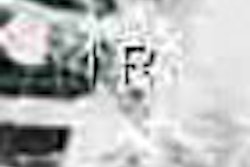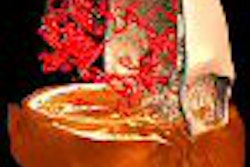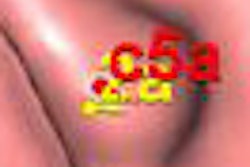Dear AuntMinnie Member,
Computer-aided detection for CT lung studies continues to build momentum. Radiologists are testing the strengths and weaknesses of CT lung CAD, exploring the variables that can affect software performance in a real-world environment.
That's the conclusion of a new article we're featuring in our CT Digital Community this week by staff writer Eric Barnes. The article is part II in our series on automated CT lung nodule assessment.
In our most recent update, we examine the results of several recently presented studies on lung CAD performance. In one study, French researchers assessed the impact of CAD on the detection rates and workflow of three independent radiologists, and compared it to other image review techniques, like axial slices and maximum intensity projections (MIPs).
Meanwhile, Korean researchers sought to determine how many of the nodules detected by CAD really turn out to be cancers. A U.K. group examined how CAD performance was affected by CT scans at different radiation dose levels, while in a related study German researchers looked at the impact of image noise on nodule detection. Learn all about these studies by clicking here.
In another article we're featuring in the Community this week, a multicenter study found that lung nodule features that might suggest malignancy in adults may indicate the opposite in children -- and vice versa. Get the scoop on that story by clicking here, or visit our CT Digital Community at ct.auntminnie.com.




















